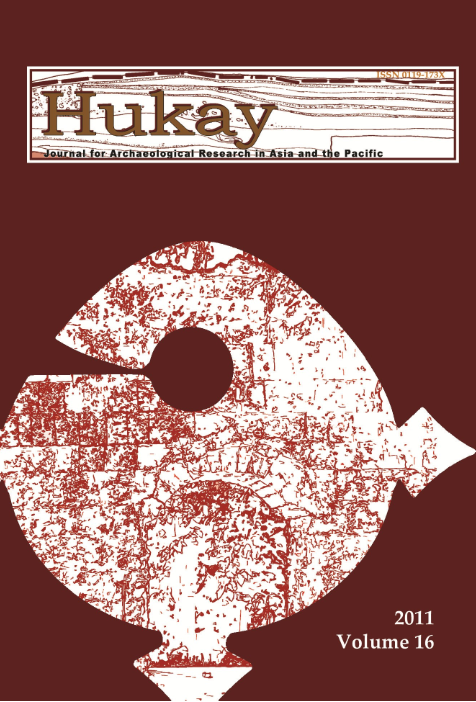Spacing Archaeological Sites: An Application of the Geographical Information System to Philippine Archaeology
Abstract
This paper is a critical review of the National Museum’s current archaeological data management system. It explored the use of a Geographic Information System, specifically ArcView 3.3, for archaeological data management. This is a pressing concern due to the continuous growth in the number of materials and information on Philippine archaeology. The study took advantage of the current site list database of the National Museum which runs in Microsoft Access. These records were used to create a GIS-based site distribution map and an analysis of sites in Cagayan Valley. GIS proved to be better equipped to handle archaeological data. A site distribution map enables spatial analysis and reveals patterns that may lead to a deeper understanding of a community or system which is impossible to detect if information is displayed only in tabular form, just like in the case of the National Museum’s database. The assessment also revealed gaps and inconsistencies in the data logged by researchers. The model opened new avenues and opportunities for further research utilising spatial patterning and analysis. Recommendations on additional site information that must be recorded by researchers were made to improve the number and quality of analysis that may be done.



